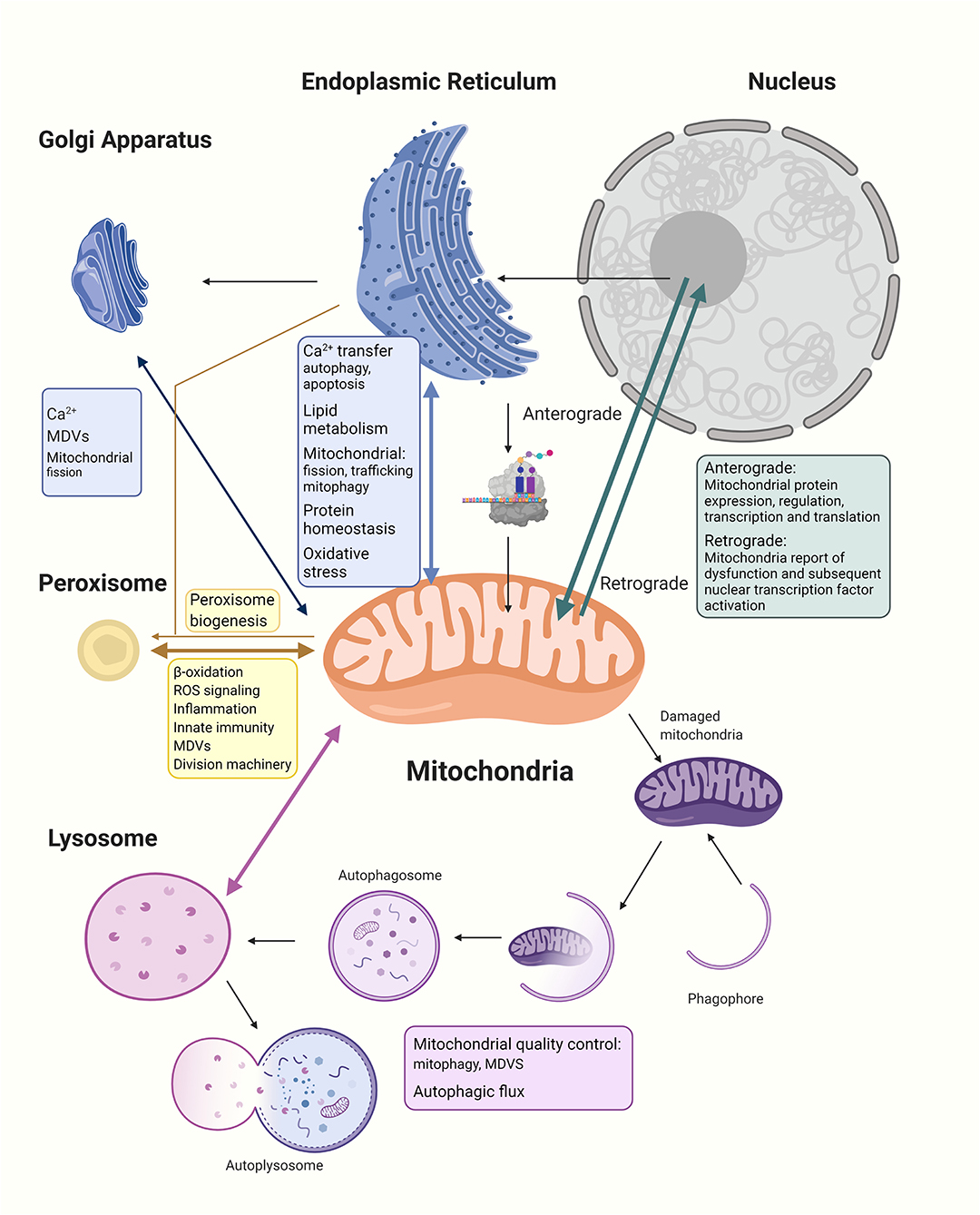
When the Brain’s “Waste Management Systems” Fail: How a Crucial Protein Might Unlock the Mystery of Parkinson’s Disease
Recent findings from Yale University are illuminating a critical yet enigmatic process that could be essential for comprehending and addressing Parkinson’s disease. The research, released on April 10 in Nature Cell Biology, unveils how a protein named VPS13C behaves like an emergency responder, swiftly addressing damage within the cell’s waste management framework—whose malfunction may contribute to the emergence of this debilitating neurological condition.
Exploring Parkinson’s Disease at the Microscopic Level
Parkinson’s disease is a progressive neurodegenerative disorder that influences movement, cognition, and emotional stability. Despite its symptoms being recognized for many years, researchers are still exploring its underlying factors, particularly in cases of early-onset familial Parkinson’s linked to inherited genetic mutations.
Among the more than 20 genes correlated with familial Parkinson’s disease is VPS13C. As the Yale researchers uncovered, this protein is vital for sustaining cellular health by facilitating rapid lysosomal repair.
What Exactly Are Lysosomes—and Why Do They Matter?
Lysosomes operate like cellular waste trucks. They are organelles tasked with breaking down and eliminating cellular debris, aged components, and harmful molecules. When lysosomes incur damage, they risk leaking detrimental substances into the cell, a particularly perilous scenario for brain cells sensitive to waste accumulation.
The Yale investigation emphasizes the damage control function of VPS13C. “Picture a fire truck racing to a blaze to minimize destruction—this mechanism is a component of an emergency system that stops leakage from an impaired lysosome,” stated Dr. Pietro De Camilli, the senior author and professor of neuroscience and cell biology at Yale School of Medicine.
An Agile Response System: How VPS13C Activates
In typical scenarios, VPS13C remains dormant. However, once a lysosome gets damaged, VPS13C springs into action—within moments. The protein moves to the lysosome, forming a key link between it and an adjacent cell structure, the endoplasmic reticulum (ER). The ER is crucial for lipid (fat) synthesis and cellular repair. By connecting the two, VPS13C facilitates the transfer of lipid “components” essential for mending the damaged lysosomal membrane.
The Absence of VPS13C: A Potential Disease Mechanism
To evaluate the significance of this repair mechanism, researchers employed the CRISPR gene-editing technique to disable the VPS13C gene. The outcomes were remarkable: cells lacking VPS13C were unable to effectively repair damaged lysosomes, potentially allowing toxic substances to leak out and harm the cell.
This discovery could provide insight into the enigma of Parkinson’s disease—particularly how certain genetic mutations may lead to the degeneration characteristic of patients’ brain cells.
Various Proteins, Unified Goal
Interestingly, the study also revealed that another protein associated with Parkinson’s, LRRK2, reacts to lysosomal damage but at a slower pace. The existence of multiple proteins involved in lysosomal repair indicates a more extensive, common pathway in the progression of Parkinson’s disease.
“If the functions of several of these genes converge on the same mechanism,” De Camilli noted, “a therapeutic approach that rectifies the process could serve as a panacea that prevents defects caused by multiple genes.”
A Path to Future Interventions
Researchers increasingly suspect that lysosomal dysfunction may be a shared thread across various forms of Parkinson’s, not limited to inherited cases. Understanding how genes like VPS13C and LRRK2 affect lysosomal health could lead to novel treatment methods aimed at reinforcing this delicate cellular system.
For the millions globally affected by Parkinson’s disease—and for those whose genetic backgrounds put them at risk—this study provides a flicker of hope. By pinpointing and potentially targeting early cellular alterations long before the onset of symptoms, these advancements could ultimately result in innovative therapies, early detection techniques, or even preventive strategies.
The Journey Forward: From Molecular Discovery to Therapeutic Innovation
While much remains ahead, these fresh insights into cellular repair processes mark an exciting chapter in Parkinson’s disease study. With each discovery, researchers advance closer to the aspiration of not merely alleviating symptoms, but preventing or reversing the disease at its source.
Science, much like the body, flourishes when every component works together seamlessly. Thanks to the efforts of committed researchers and the backing of those who champion independent scientific inquiry, the future of brain health may soon shine brighter.
Support Independent Science Journalism
If articles like this have enlightened or motivated you, please consider contributing. Independent science journalism requires time, effort, and resources to create. Every donation assists us in continuing to provide trustworthy, compelling news that enhances understanding and empowers communities. Together, we can uncover and disseminate the narratives that matter most.